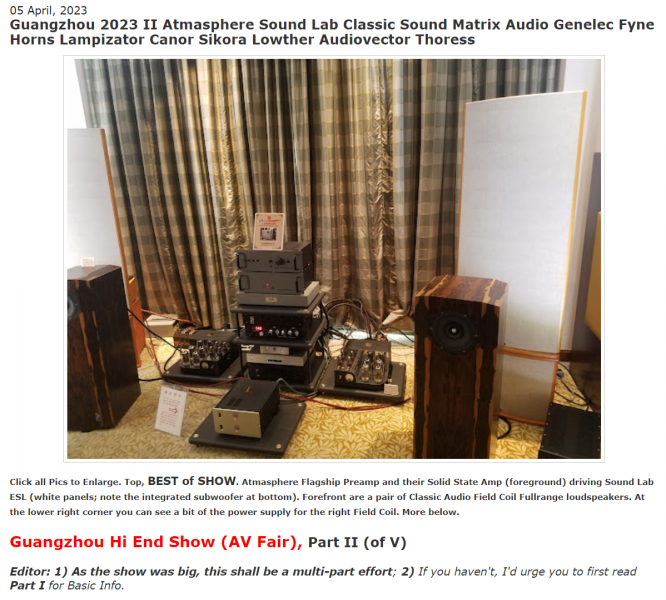I do not take issue with the notion that less distortion is preferable. The issue is how do you eliminate distortion. Are you taking something with it? For example, at least one amp allows you to choose between negative feedback and low distortion. If I chose low feedback, it does not mean I love distortion. IMO it means NFB does something I don't like.
Feedback in other fields of endeavor is known as Control Theory. It works, if applied correctly. That's rare in audio...
Feedback has two issues that must be overcome in a successful design. The first is that the feedback must not become distorted prior to doing its job (which is to mix with the incoming signal so as to create an accurate correction). In most amps made in the last 75 years, the feedback signal hasn't been treated with this sort of respect, so the feedback generates extra higher ordered harmonics that are unpleasant. Norman Crowhurst wrote about this problem in the late 1950s and 20 years later Peter Baxandall did the same.
The second problem is a lack of Gain Bandwidth Product in the circuit. If insufficient for the gain of the circuit closed loop, distortion will rise on a 6dB slope when the GBP limit is reached (in many amps that might happen at only 1KHz) and likely faster at higher frequencies, since feedback is being reduced on a converse slope. This means higher ordered harmonics can be quite a lot higher than the THD number might suggest.
If these problems are addressed in the design, the chances of that design being more musical are vastly increased.
Changing feedback not only changes distortion, it changes the spectral response of the distortion
If feedback is properly applied, it will simply reduce distortion without adding harmonics, so it does not always result in a change of the spectral response.
I've found this is a very hard fact for audiophiles to swallow. I was there myself. We never put feedback in our OTLs simply because I didn't feel we could satisfy the requirements of the factors I mentioned above. Class D changed all that because high GBP values are so easy to obtain.
If you get the right distortion signature it really doesn't matter what created it. Put another way, if you have a tube amp and a solid state amp with exactly the same distortion signature they will sound the same as long as there are no FR errors (which will happen if the output impedance is an issue) to give one away in a comparison.
At that point you have to ask yourself why tubes? If it doesn't matter how you arrived at a benign distortion signature, why pay for the more expensive devices, put up with the heat, coupling the tubes to a load and replacement issues? So far I've only found one really cogent answer, which is tubes can drive the high impedance of some ESLs much better than solid state, which loses significant power into higher impedances.

















